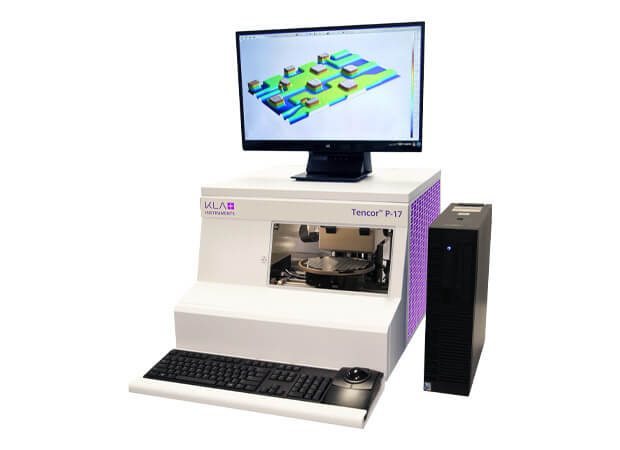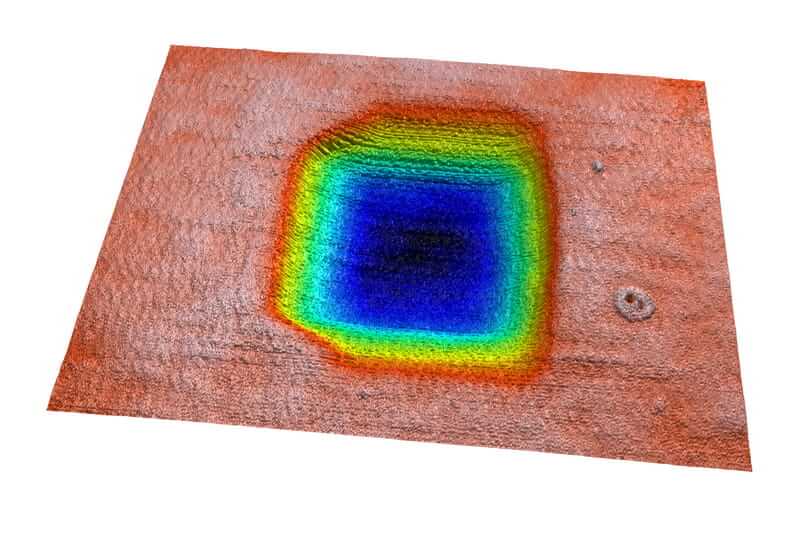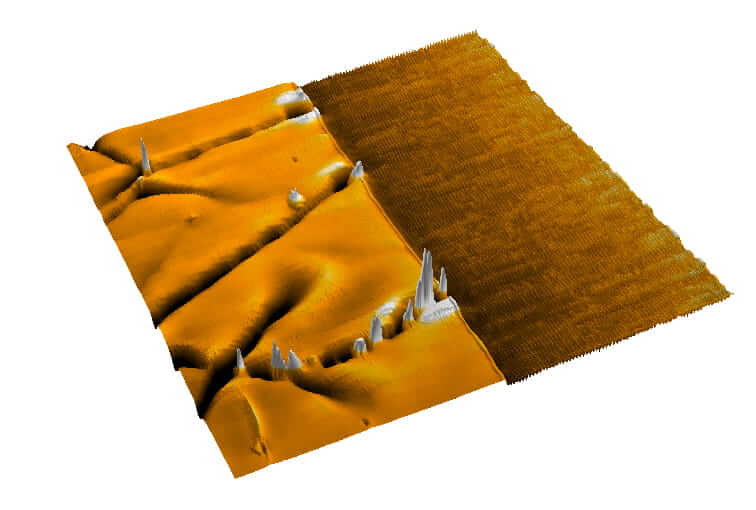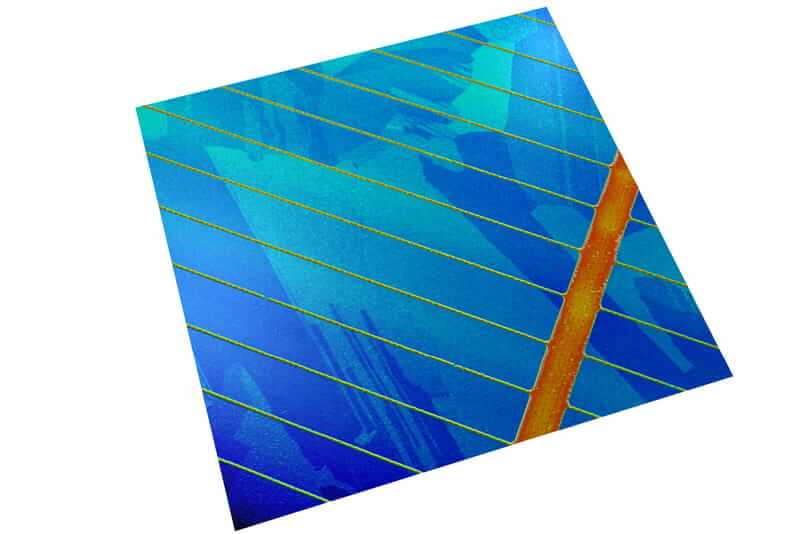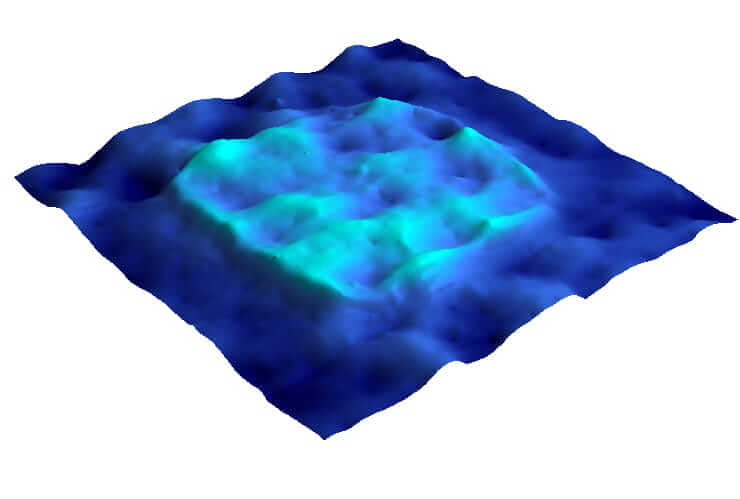■Tencor P-17 OF
The HRP®-240 and HRP®-250 systems can be upgraded to HRP®-260. This upgrade extends the lifetime of your current HRP system, utilizing the latest electronics offered by KLA. The upgrade includes profiler software with algorithms that significantly improve pattern recognition performance and recipe transportability between tools. HRP®-260 systems have roughly double the HRP-240 system throughput, based on a production five-site sequence recipe. The upgrade kit includes a new computer with Windows® 10, new electronics with USB communication, high-resolution digital cameras, a 23-inch flat screen monitor, and the latest profiler software.

■Stylus Options
The Tencor P-17 has a variety of styli available to support the stylus measurement of step heights, high aspect ratio steps, roughness, sample bow, and stress. The tip radius ranges from 40nm to 50µm and determines the lateral resolution of the measurement. The included angle ranges from 20 to 100 degrees, which specifies the maximum aspect ratio of the measured feature. All styli are manufactured from diamond to reduce wear and increase stylus lifetime.

■Sample Chucks
The Tencor P-17 has a range of chucks available to support application requirements. The standard is a universal vacuum chuck with precision locating pins for samples from 50 to 200mm. The universal chuck supports bow and stress measurements using 3-point locators to support the sample in a neutral position for accurate bow measurements. Additional options for solar samples, HDD disks, and precision sample location plates are available.

■Isolation Tables
The Tencor P-17 has both tabletop and free-standing isolation table options. The Granite Isolator™ Series offers tabletop systems that combine granite with high grade silicone gel to provide passive isolation. The Onyx Series tabletop isolation systems use pneumatic air isolators to provide passive isolation. The TMC 63-500 Series isolation table is a free-standing steel frame table that uses pneumatic air isolators to provide passive isolation.

■Step Height Standards
The Tencor P-17 uses thin and thick film NIST-traceable step height standards offered by VLSI Standards. The standards feature an oxide step on a silicon die mounted on a quartz block, or an etched quartz step with a chrome coating. A step height range of 8nm to 250µm is available.

■Apex Analysis Software
Apex analysis software enhances the standard data analysis capability of the Tencor P-17 with an extended suite of leveling, filtering, step height, roughness, and surface topography analysis techniques. Apex supports ISO roughness calculation methods, plus local standards, such as ASME. Apex can also serve as a report writing platform with the capability to add text, annotations, and pass/fail criteria. Apex is offered in eleven languages. 
■Offline Analysis Software
The Tencor P-17 offline software has the same data analysis and recipe creation capability that exists on the tool. This enables the user to create recipes and analyze data without using valuable tool time.

■Pattern Recognition
Pattern recognition uses pre-taught patterns to automatically align the sample. This enables fully automated measurements for enhanced measurement stability by reducing the impact of operator error. Pattern recognition combined with advanced calibrations reduces stage positioning error and enables seamless transfer of recipes between systems.

■SECS/GEM and HSMS
SECS/GEM and HSMS communications support factory automation systems and enable remote control of the Tencor P-17. Measurement results are automatically reported to host SPC systems, plus alarms and key calibration/configuration data. The Tencor P-17 is compliant with SEMI standards E4, E5, E30, and E37.


